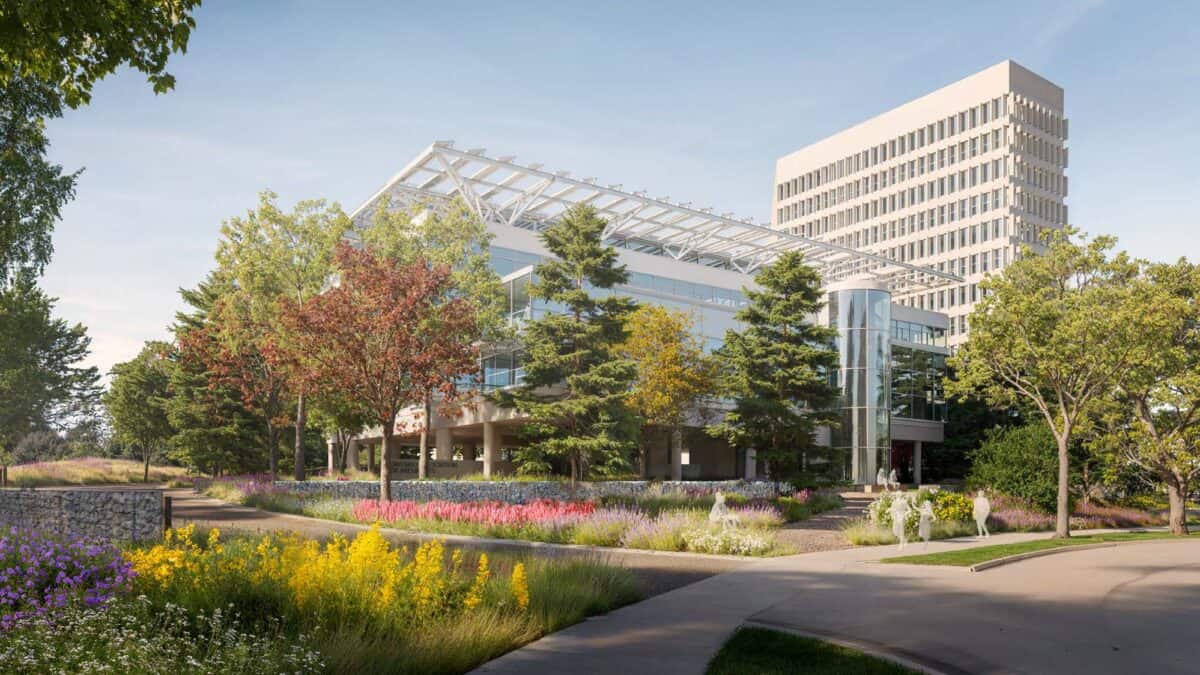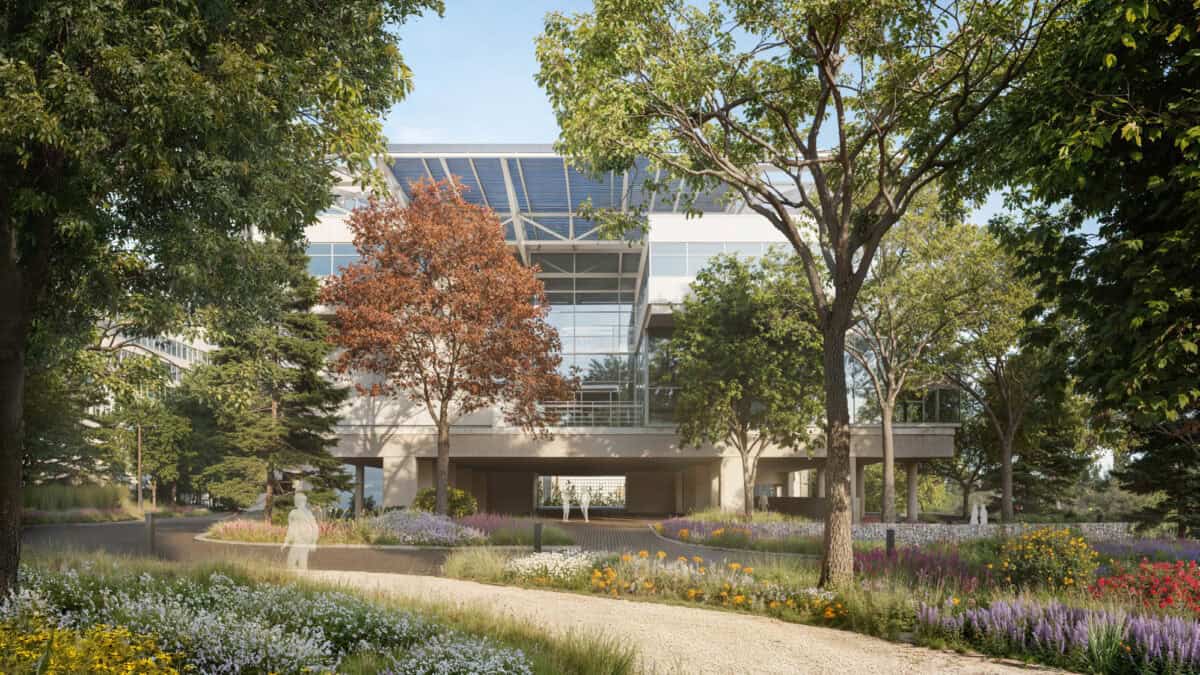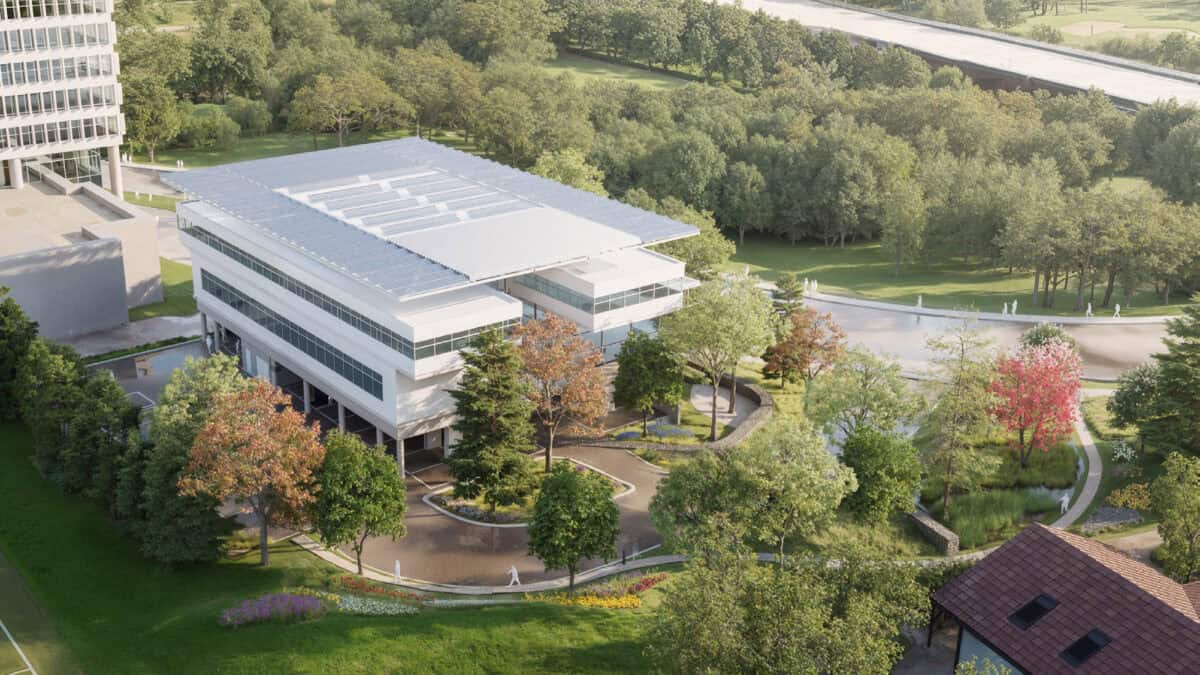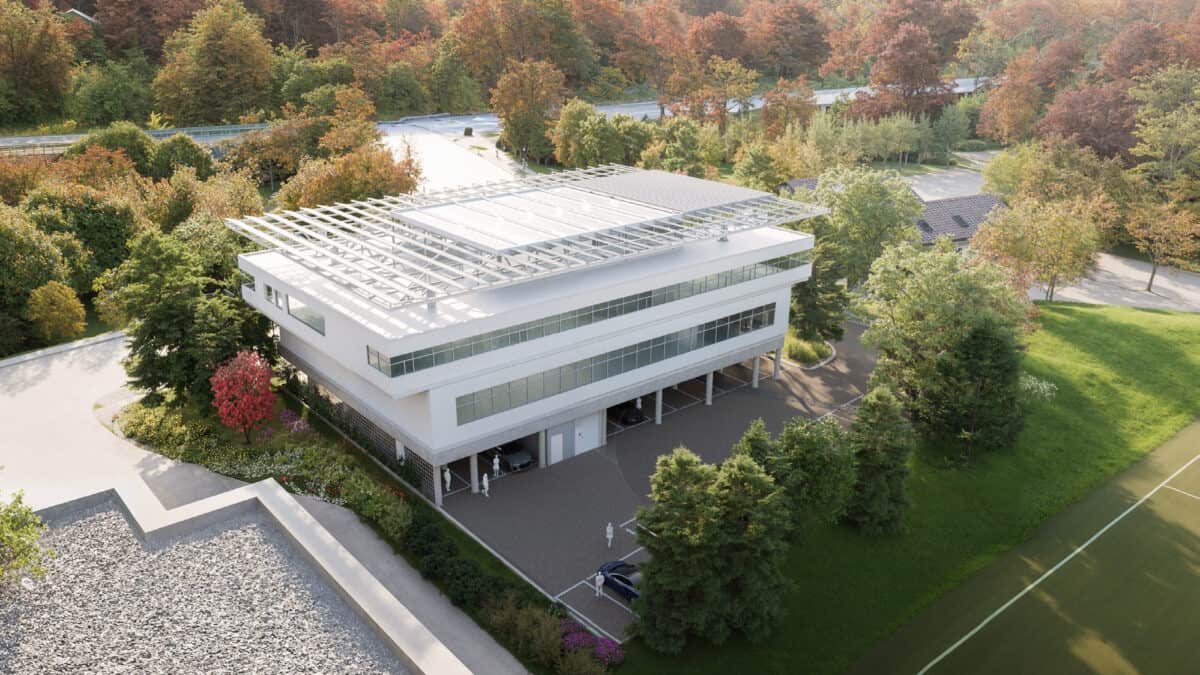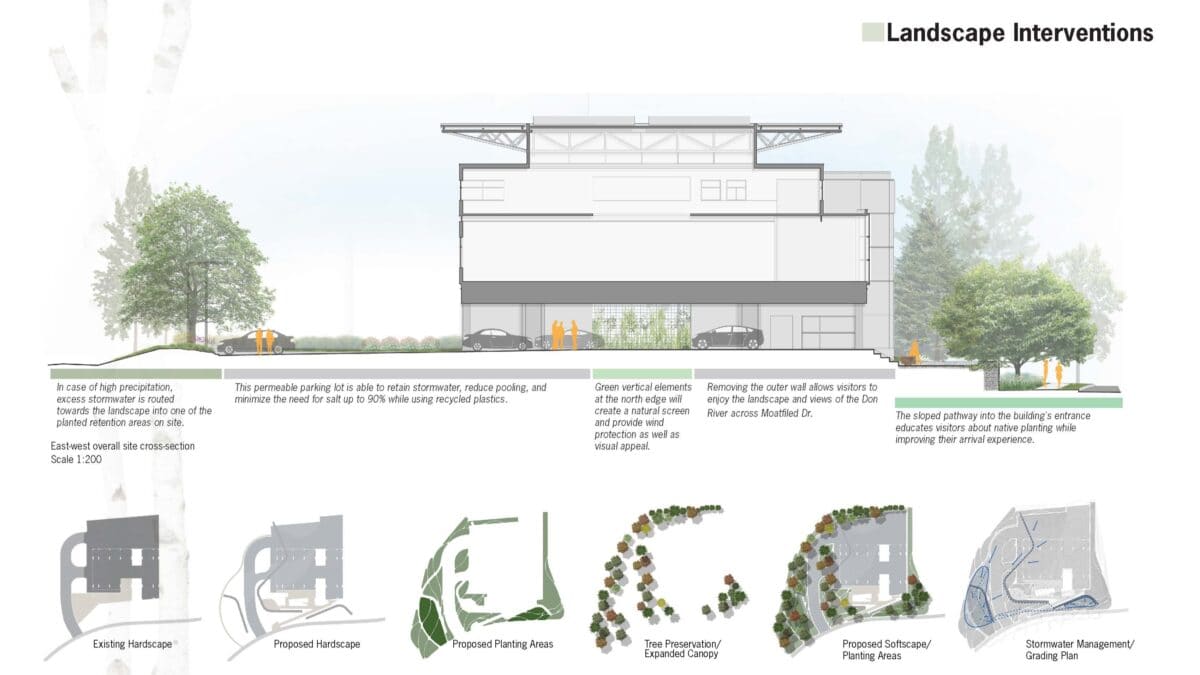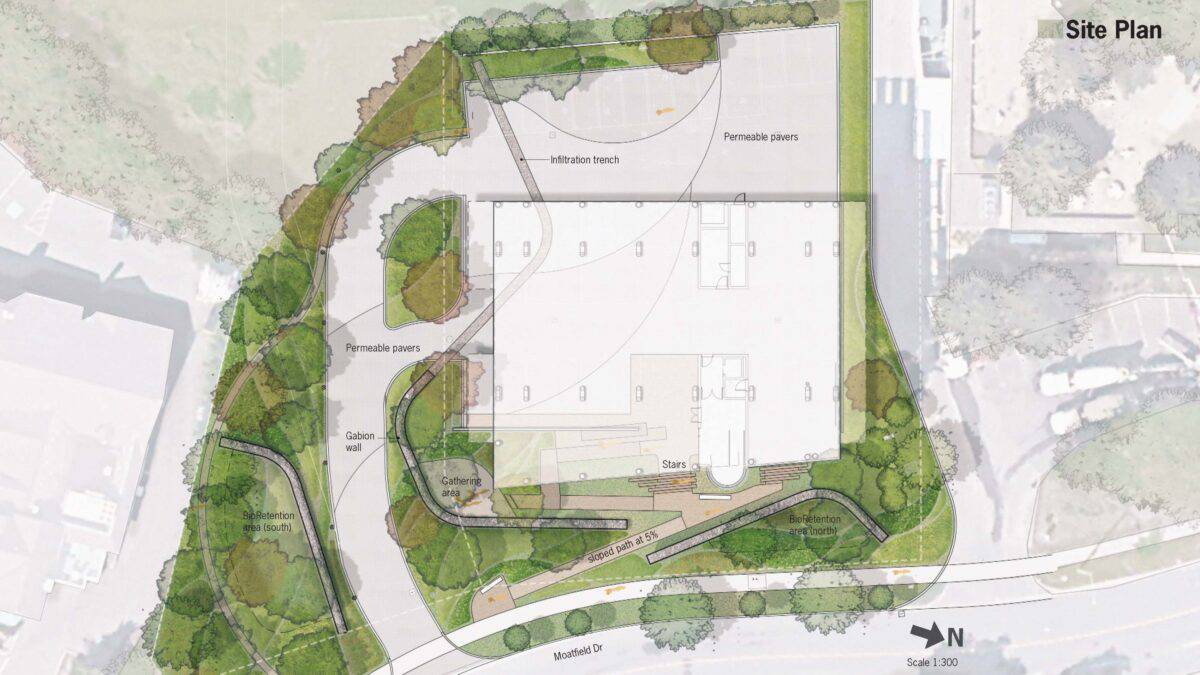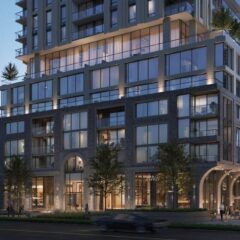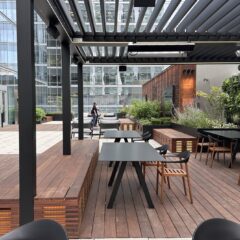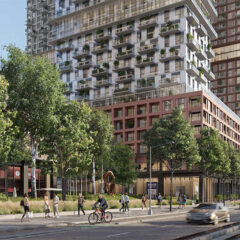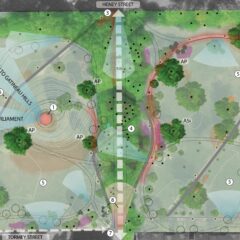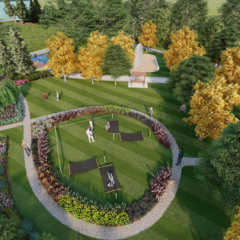We acknowledge that the Ontario Association of Architects Headquarters building is located in the traditional territory of the Mississaugas of the Credit, as well as the Anishnabeg, the Chippewa, the Haudenosaunee, and the Wendat.
Reconcilience
In our proposed landscape design for this competition, we strived to honour the land that indigenous peoples have inhabited here for millennia. For this important opportunity to rethink and reimagine a landscape that will reflect the ambitions of OAA’s Renew + Refresh initiative, it is also a crucial moment to reconcile our modern City’s relationship with nature, climate change, and its indigenous heritage. We recognize that as part of our collective action to reconcile our place in the history and future of indigenous culture in our nation, by honouring and respecting the natural world as did the stewards of this land, we must also endeavour to make strides to secure a future that is sustainable and resilient. Therefore, it is the primary focus of our project that we place both Reconciliation and Resilience at the heart of our proposal – as we move towards “Reconcilience”.
Don River Valley
Located at the edge of the Don River, we will use the river and its watershed as inspiration to create a landscape that will hearken the natural processes of the valley. Just as the river meanders naturally through the valley, our proposed design will evoke a pattern that is symbolic of water flowing through the landscape, carving out areas for paths and planting, highland and lowland, dry and wet. This pattern will also create one of the main features of our proposed design. As part of our stormwater management strategy, we have proposed a series of gabion walls that will collect and convey stormwater into two bioretention areas. These areas will retain every drop of rainwater that falls on the project site up to a 10-year storm event. While these retaining gabion walls will assist in a cut and fill balance as we change the topography of the site, they will also create landscape spaces for gathering, accessible path to the building entrance, and bioretention areas for rainwater capture.
Arrival Re-made
The proposed redesign of the entry path to the building aims to replace the current formal, hardscaped arrival court with a more sustainable and natural environment. The new sloped path, accessible to all, will connect the public sidewalk on Moatfield Drive to the building entrance without the need for handrails, offering panoramic views of the Don Valley. The design incorporates reclaimed materials, including wood benches and repurposed concrete, along with shade-tolerant plants, creating a more naturalized landscape. The building entrance will feature additional seating with stacked wood benches, enhancing the contrast between the natural elements and the structure.
Planting Approach
The planting design carefully considered and evoked the sense of nature and of the Don River Valley natural system. As part of the extension of the Carolinian Forest, we proposed to highlight the biodiversity of southern Ontario into categories of Upper Mesic Mixed Forest, Lowland Deciduous Carolinian Forest, and Black Oak Savanna / Prairie regions, representing species found in the Don Valley Watershed.
Sustainable Resilience
Our sustainable landscape goals extend to every aspect of the project. We aimed to use low-carbon materials and design for the end of the project’s service life, ensuring resilience. We planned to minimize construction waste by reusing existing landscape materials on site, balancing cut and fill to reduce material removal and carbon emissions. The asphalt parking to be repaved with permeable paving, and the reclaimed asphalt will be used as fill in gabion walls. The new sloped path will incorporate existing entrance pavers, and the removed paving materials from the entry area will be reused. Existing lawns will be replaced with native groundcover, shrubs, and grasses, while tree species like Birches, Maples, and Oaks will be planted to support the natural evolution of the forested landscape.
Building Enhancements
Design modifications were made to enhance the user experience for those arriving by car. As a cost saving measure, some areas of the site have been purposefully left unchanged. By introducing a one lane entry only drive aisles to the southeast, planted islands expanded to enable more space for large shade trees to assist in providing shade to the south side of the building, thereby lowering the buildings energy consumption in cooling during the summer months. To mitigate the unsightly views and wind conditions to the north side of the building, a new green screen with vine planting will be introduced with similar welded wire screen material as the gabion walls.
Renderings by Redknot Studio

